
Living in Asia really opens your eyes to the true variety of vegetables in the world. You will find at least 20-30 different leafy greens in any given market place. I honestly had no idea 5 years ago about half of the things I eat on a weekly/biweekly basis now. One of these leafy greens has a deep green color and is quite appetizing. “Amaranth”or “Xian Cai” (苋菜) which comes in a few colors, looks most like a kind of salad leaf you might see in a slightly sophisticated salad back home.
So, here are the simple steps cooking up this delicious green!
1~ Pour some oil into the base of the wok or pan. When hot, toss some chopped garlic into the oil and let simmer.
2~ After the garlic starts browning, pull the chopped garlic out and put aside. Toss two full handfulls of vege into the wok per person. It will shrink, so put a lot in!
3~ Shift around with a spatula for a couple minutes. You could add some other flavorings if you want (like Chicken broth granules). Also, you could add the garlic bits back into the dish when you serve, but again, its not necessary.

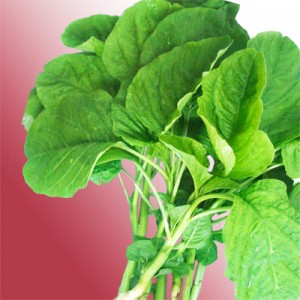
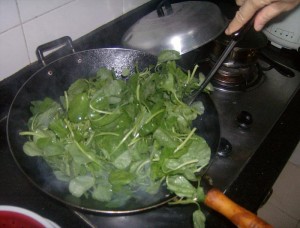
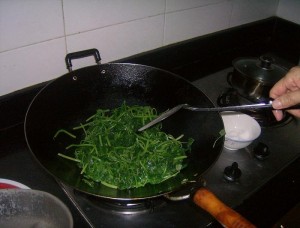
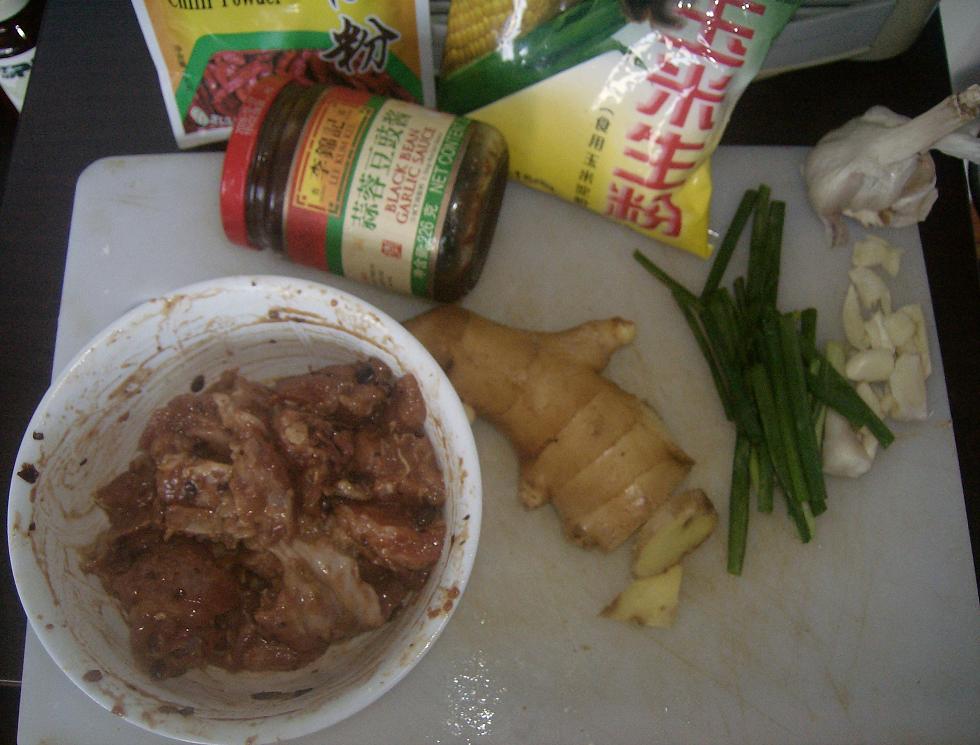
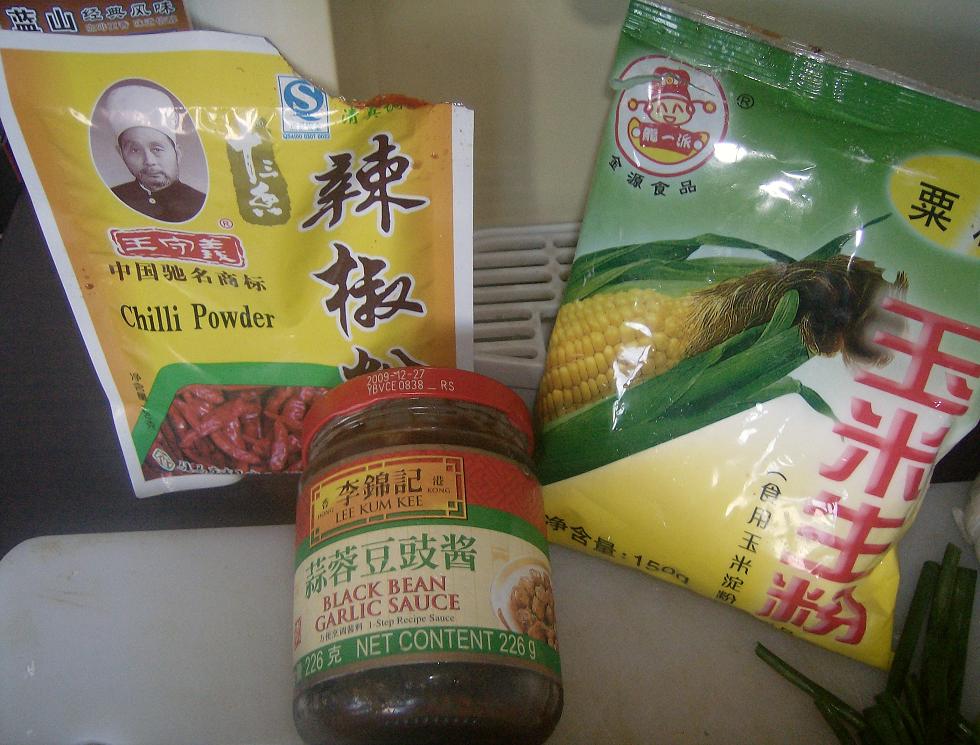

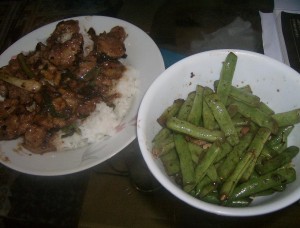


 Custom Search
Custom Search